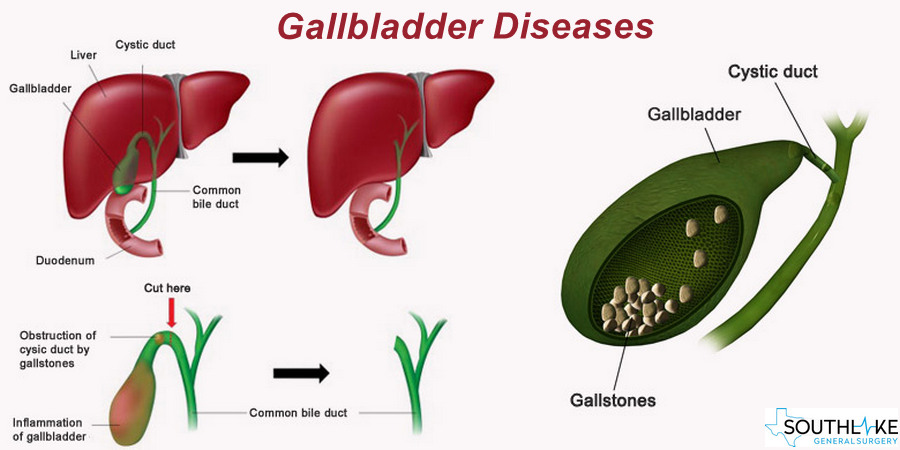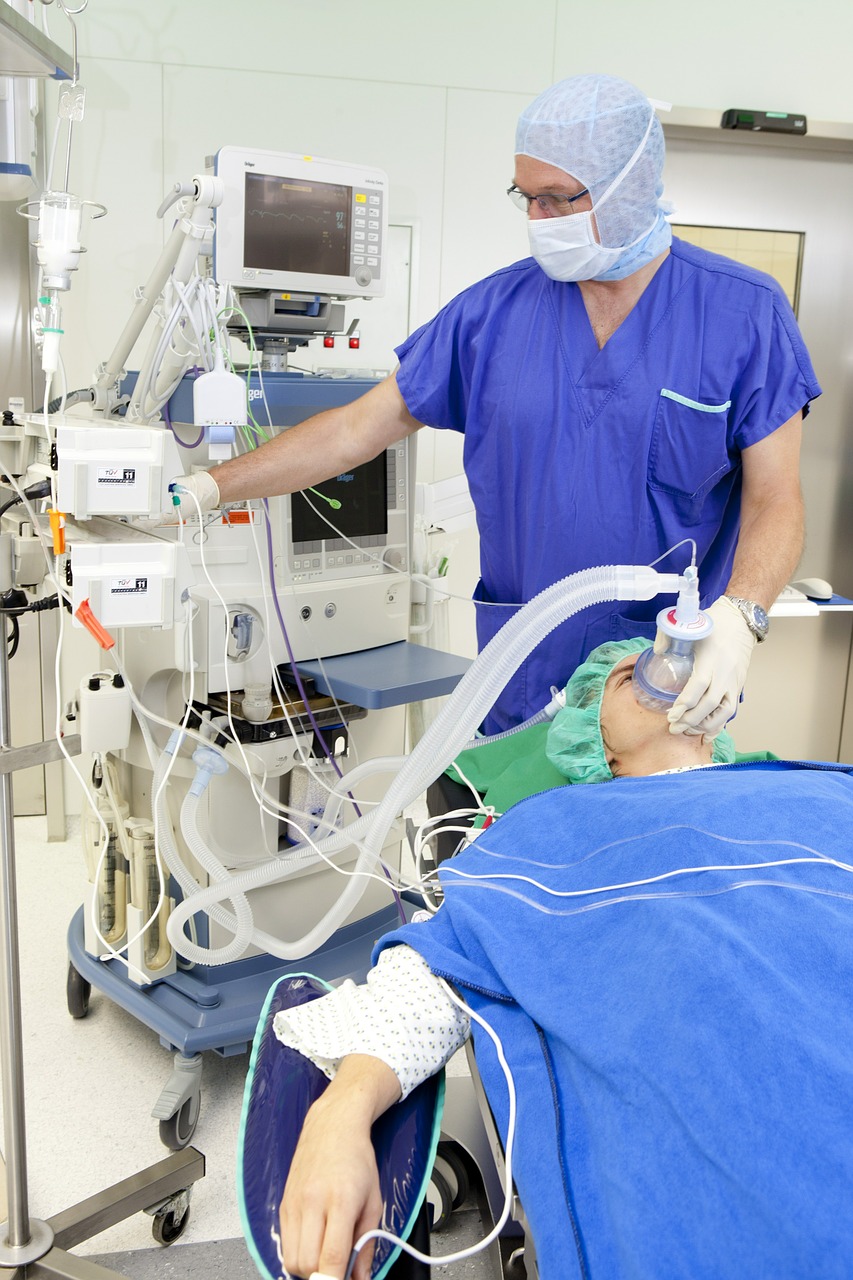Gallbladder Diseases
The term gallbladder diseases is used for a several kinds of conditions that can influence the gallbladder.
The Gallbladder is a little pear-shaped sac like organ, underneath your liver. Gallbladder's core function is to store the bile produced by the liver and pass it along through a conduit that purges into the small intestine tract. Bile helps digest fats in your small intestine.

Inflammation causes most of gallbladder diseases because of disturbance of the gallbladder walls, which is known as Cholecystitis. This inflammation is often, because of gallstones obstructing the ducts leading to the small intestine tract and making bile develop. It might in the end lead to necrosis (tissue obliteration) or gangrene.
-
Gallstones
-
Cholecystitis
-
Choledocholithiasis
-
Acalculous Gallbladder Disease
-
Gallbladder Cancer
-
Gallbladder polyps
-
Gangrene of the gallbladder
-
Abscess of the gallbladder
How to diagnose gallbladder disease?
To diagnose gallbladder disease, Southlake general surgery healthcare expert would like to collect some information about your clinical history and perform an abdominal test. This will incorporate checking for pain in the abdomen area. At least one of the accompanying tests and methodology will be utilized.
Detailed Medical History Review
A rundown of symptoms you're encountering and any close to home or family ancestry of gallbladder disease are significant. A general health evaluation may likewise be performed to decide whether there are any indications of long-term gallbladder disease.
Physical Examination
Our health care expert will conduct an exceptional move during the abdomen test to search for what's alluded to as "Murphy's sign."
During this move, our doctor will put their hand on your abdomen over the region of the gallbladder. They'll at that point request that you slowly inhale while inspecting and feeling the territory. On the off chance that you feel significant pain, it recommends you may have gallbladder disease.
Chest and Abdomen X-Ray
Symptomatic cholecystitis will now and then show stones on abdomen X-rays if the stones contain calcium. An X-ray of the chest may show pleurisy or pneumonia.
In any case, X-ray aren't the best test for recognizing gallbladder disease. They're often used to preclude other potential reasons for pain that is not identified with gallstones, the gallbladder, or the liver.
Ultrasound
An ultrasound has sound waves to deliver pictures inside your body. This test is one of the principle techniques our physicians uses to make a conclusion of gallbladder disease. An ultrasound can assess the gallbladder for the presence of gallstones, thickened walls, polyps, or masses. It can likewise distinguish any issues inside your liver.
HIDA Scan
A HIDA scan takes a gander at the duct system inside the gallbladder and liver. It's frequently utilized when an individual has gallbladder symptoms yet the ultrasound didn't show a purpose behind the symptoms. A HIDA scan can likewise be utilized for a progressively careful assessment of the bile duct system.
This test can evaluate the capacity of the gallbladder utilizing an innocuous radioactive substance. The substance is infused into a vein and afterward looked as it travels through the gallbladder. Another substance may likewise be infused that makes the gallbladder to discharge bile.
A HIDA scan shows how the gallbladder moves bile through the bile duct system. It can likewise quantify the pace of bile moving out of the gallbladder. This is called the ejection fraction. An ordinary ejection fraction for the gallbladder is considered in between 35 to 65 percent.
Other Examinations
Other imaging tests or examinations, for example, a CT and MRI scan, can likewise be used. Blood tests are likewise done to check for increased white blood cells and abnormal liver function.
Endoscopic retrograde cholangio-pancreatography (ERCP) is a progressively obtrusive however a helpful test. A flexible camera is embedded into the mouth and down past the stomach into the small intestine. Contrast dye is infused to show the bile duct system with a specific X-ray.
ERCP is a particularly helpful test if a blockage because of gallstones is suspected. Any gallstone that is causing blockage can frequently be evacuated during this procedure.

